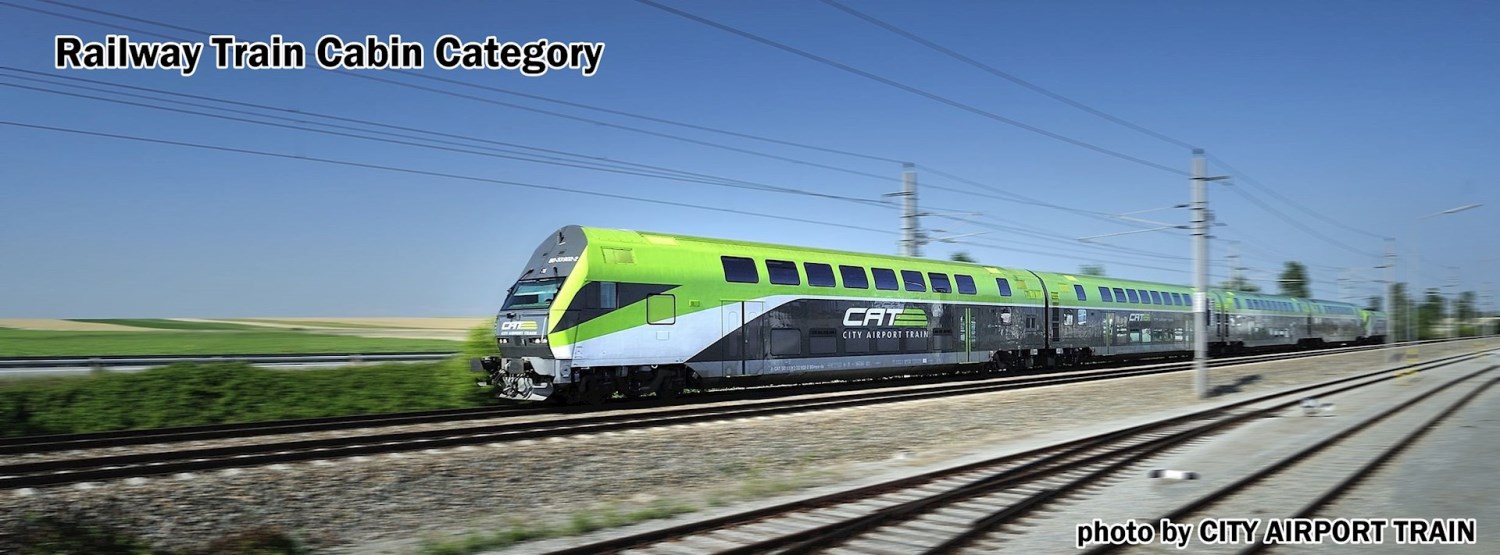
TAYUKABEL® LSHF CABLE SOLUTION 【498K-1320 SERIES CABLE】
The 498K-1320 cable applies to railways, like as : Taiwan Railway Bureau of the Ministry of Transportation, Taipei MRT Corporation, Taoyuan Airport MRT, and other transportation systems.
TAYUKABEL® 498K-1320 series is manufactured in accordance with EN-45545-2 Orbital LSZH specification.
EN 45545-2:2020 R15/R16
Railway cable flame and smoke toxicity standard:
EN 45545-2 standard is divided into R15, R16 according to the end use of wire and cable.
EN 45545-2 [R15 cable for internal; use], [R16 cable for external use].
EN 45545-2:2020 R15/R16 Test items:
【EN 60332-1-2 】 Cable single vertical burning test
【EN 60332-3-24】 Vertical burning test of multiple bundles of cables or EN 50305 9.1.1 or EN 50305 9.1.2
【EN 61034-2 】 Cable smoke density test, light transmittance ≧ 60%
【EN 50305 9.2】 Cable toxicity test ITC<6
.jpg)

Hazard level classification
Vehicles have fire hazard classes from HL1 to HL3 due to different types of operation and design. Among them, HL3 has the highest fire risk.
|
Operation category |
Design Category |
|||
|
N: Standard Vehicles |
A: Vehicles forming part of an automatic train have no emergency-trained staff on board. |
D: Double decked vehicle |
S: Sleeping and couchette vehicles |
|
|
1 |
HL1 |
HL1 |
HL1 |
HL2 |
|
2 |
HL2 |
HL2 |
HL2 |
HL2 |
|
3 |
HL2 |
HL2 |
HL2 |
HL3 |
|
4 |
HL3 |
HL3 |
HL3 |
HL3 |
Design category
N: Standard Vehicle
A: Vehicles forming part of an automatic train have no emergency-trained staff on board.
D: Double-decked vehicle
S: Sleeping and couchette vehicles
Operation category
◆ Operation Category 1:
Vehicles for operation on infrastructure where railway vehicles may be stopped with minimum
delay, and where a safe area can always be reached immediately.
◆ Operation Category 2:
Vehicles for operation on underground sections, tunnels, and/or elevated structures, with side
evacuation available and where there are stations or rescue stations that offer a place of safety to passengers, reachable within a short running time.
◆ Operation Category 3:
Vehicles for operation on underground sections, tunnels, and/or elevated structures, with side
evacuation available and where there are stations or rescue stations that offer a place of safety to passengers, reachable within a long running time.
◆ Operation Category 4:
Vehicles for operation on underground sections, tunnels, and/or elevated structures, without side evacuation available and where there are stations or rescue stations that offer a place of safety to passengers, reachable within a short running time.





.png)
